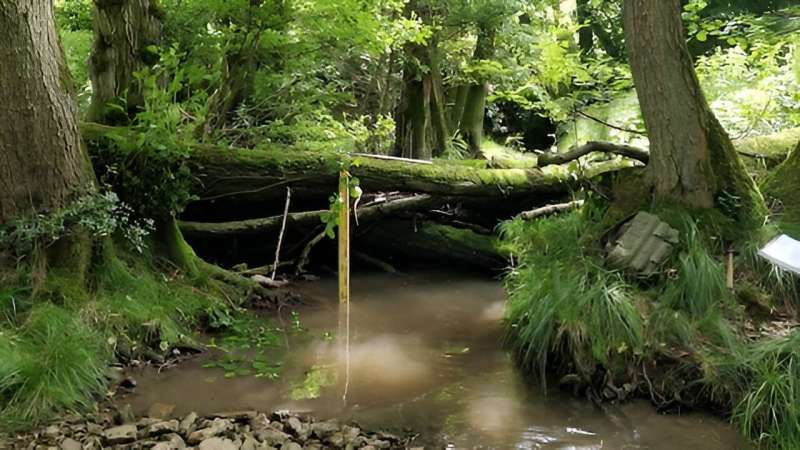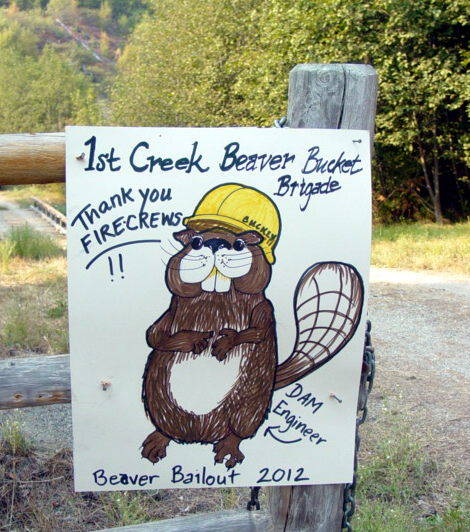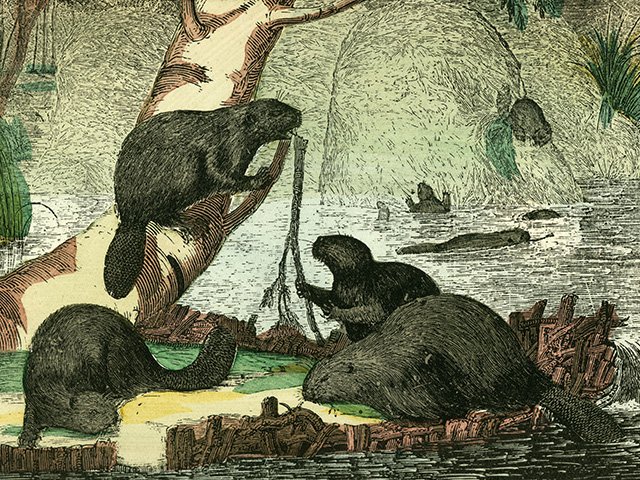Congratulations to Riddhika Parmar who finished her gold award children’s book and is sending it into the world today. I think kids will enjoy this informative chapter book.
Beaver’s Day Out with Images-3 But Midwestern attitudes may be changing and there are moves afoot to rethink beaver management. Boucher’s group, Superior Bio-Conservancy, filed notice in late June that it intends to sue the wildlife services division of the USDA, which carries out the DNR’s orders to remove beavers along 1,800 miles of trout streams in Wisconsin. Boucher, who was co-author of a 2021 study that proposed using beavers to build $3.3 billion worth of flood-proofing along the Milwaukee River watershed, says he’s made 17 requests to meet with the DNR on its beaver policy, only to be rebuffed.
But Midwestern attitudes may be changing and there are moves afoot to rethink beaver management. Boucher’s group, Superior Bio-Conservancy, filed notice in late June that it intends to sue the wildlife services division of the USDA, which carries out the DNR’s orders to remove beavers along 1,800 miles of trout streams in Wisconsin. Boucher, who was co-author of a 2021 study that proposed using beavers to build $3.3 billion worth of flood-proofing along the Milwaukee River watershed, says he’s made 17 requests to meet with the DNR on its beaver policy, only to be rebuffed.
“I hope that a stern talking-to from a judge may get them to pay attention,’’ he says.
And beavers in northern Wisconsin trout streams will be the topic of the annual trout stream improvement workshop Aug. 15, co-sponsored by the DNR and UW-Stevens Point. Another Midwest beaver and trout management conference, sponsored by the American Fisheries Society, is set for a week later in Grand Rapids, Michigan.
Dynamiting beaver dams to “improve” streams for trout has long been a DNR policy.
Sometime, when you’ve ignored information for so long it’s become automatic, and everything still isn’t working even though you have poured buckets of money into your projects, sometimes when that happens and you’re at a loss to know what to do next, it’s time to try something NEW. Maybe even listening.
Trout biologist Ray White, who will be a speaker at the August event in Hayward, grew up in Madison and remembers watching a nature movie at the Wisconsin Historical Society in the 1940s that showed game wardens ridding Wisconsin of beavers to encourage trout.
“I knew even as a kid that Wisconsin wanted to remove beavers,’’ says White, who worked at the Wisconsin DNR before going on to faculty positions at Michigan State and Montana State. “And then I became a biologist and I became involved in it. We felt beavers were messing up our work.”
Today, White, 88, sees the issue as less clear cut. Eastern brook trout, Wisconsin’s native species, and beavers evolved together in Wisconsin. While trout improvement dogma declares that beaver dams cause trout streams to warm up and silt up behind the dams, White says that isn’t necessarily a problem for trout spawning.
“It turns out that eastern brook trout spawn where groundwater comes up through the gravel, they seek out places where they can feel the upwelling water,’’ he says. “If the silt is thin enough at the edge of a beaver pond, they can still spawn there.”
Whoa. He’s very close. Is this story going to have a happy ending?
Still, White doesn’t oppose removing beavers from trout waters, saying, “we don’t need beavers everywhere.”
Nope. Maybe not that close.
Another workshop speaker Emily Fairfax, a hydrologist at the University of Minnesota, says that her research shows that beaver dams can have a beneficial effect, forcing moving water downwards, where it mingles with chilly groundwater and remerges much colder.
“I’ve felt this, walking down beaver-dammed streams, and suddenly you’ll feel this ice cold stream of water coming up,’’ Fairfax says. “So beaver ponds will have super cool pools that trout love, warmer pools that turtles and amphibians love, there’s something for everyone in this habitat. Beavers are really, really good at creating these biodiversity hotspots.”
Fairfax, who did her beaver research in California and other western states, says Wisconsin lacks solid data on its beaver populations because the DNR does not track the number of beavers killed by private landowners. (In his complaint, Boucher notes the USDA wildlife services kills three times more beavers per year than planned in its 2013 environmental assessment plan.)
Go Emily. Go Bob. Go Beavers.
“We have what I call ‘ecological amnesia,’ because it’s been 200 or 300 years since beavers were really abundant,’’ Fairfax says. The first Europeans who arrived in Wisconsin were fur traders, and they encountered a wet, paleo landscape of braided streams that would flood during wet seasons and contract during dry times.
Based on her California experience, Fairfax says it may take a lawsuit to get Wisconsin’s beaver believers working with the trout fanciers. It also may take a climate-fueled disaster or two.
“The West was confronted with climate disasters much sooner, and those are situations where you really see the benefits of beavers,’’ Fairfax says. “If we want to be climate resilient, we need more wetlands, and beavers are great builders of wetland
Just remember, first they ignore you. Then they laugh at you. Then they fight with you. Then you win.


 Human-made leaky barriers, which are designed
Human-made leaky barriers, which are designed “Where flooding does occur, we often see extreme human and socio-economic cost. And so, it’s vital that we better understand how to combat these events in the most effective way possible.”
“Where flooding does occur, we often see extreme human and socio-economic cost. And so, it’s vital that we better understand how to combat these events in the most effective way possible.” “Leaky barriers are most effective in
“Leaky barriers are most effective in 

 As Madison endures a long, hot summer of drought and wildfire haze, maybe it’s time to embrace what beavers have to offer.
As Madison endures a long, hot summer of drought and wildfire haze, maybe it’s time to embrace what beavers have to offer.





































